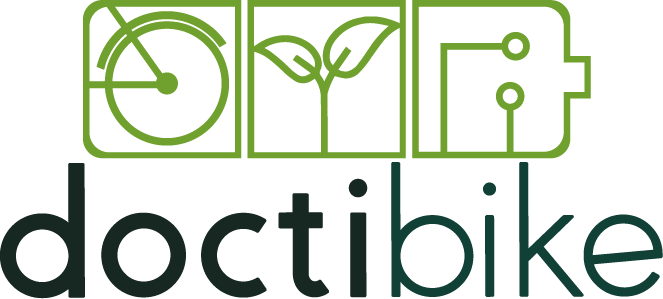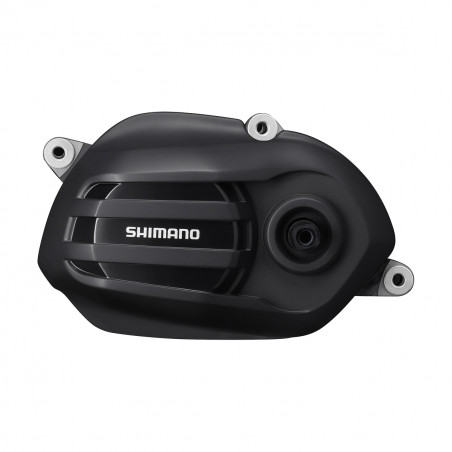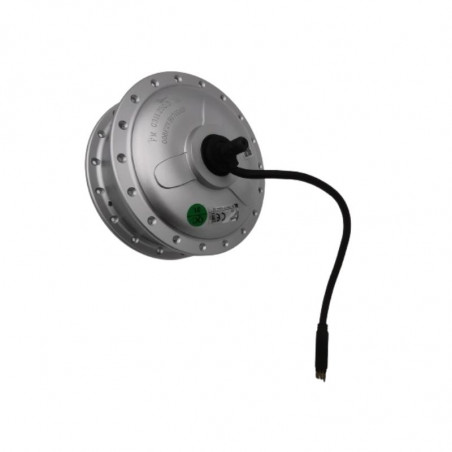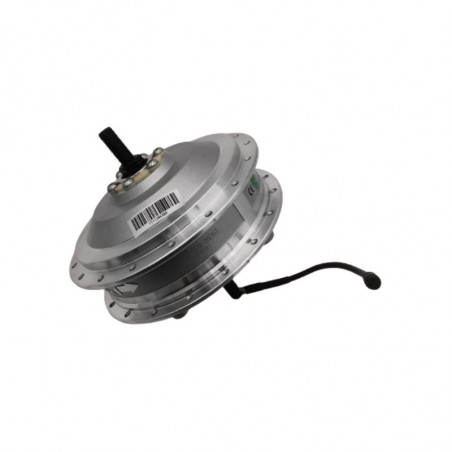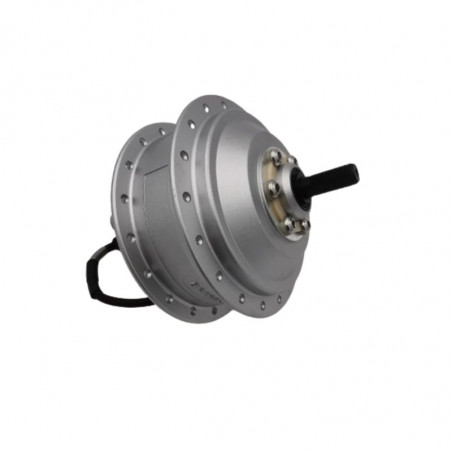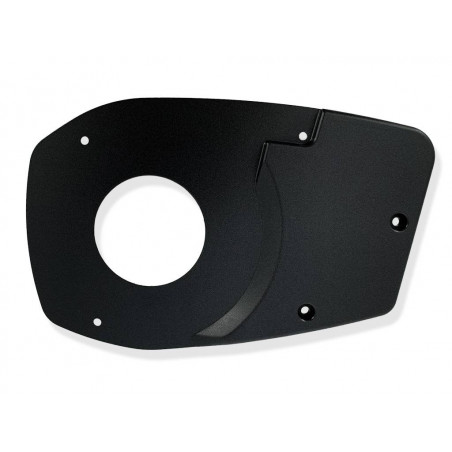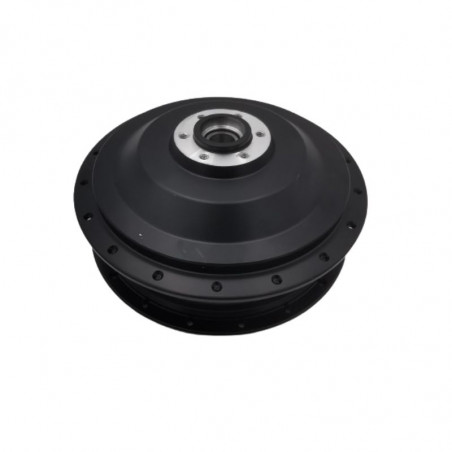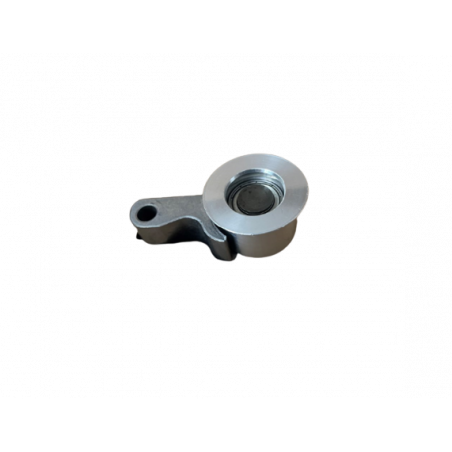Electric bike pedal chainsets - Page 6
Selection of our team
Top sellers
The electric bike motor: the essential part of your cycle
The motor is one of the main components of your electric bike. Coupled with the battery, the motor is what gives you all the power you need to use your electric bike without tiring too much, whatever the type of road you take. The main purpose of any electric bike motor is to create and transfer electrical energy from the battery into mechanical power, enabling the user to pedal faster.
An electric bike motor has two main components:
- electronics: this part manages the bike's intelligence by retrieving the various data supplied by the electric bike's sensors (speed, torque, cadence and display sensors).
Doctibike also offers a selection of electric bike motor cables in its online shop.
- mechanical components: this is the part that allows the electric assistance to be brought up to the bike and allows you to pedal without too much effort.
Which electric bike motor should I choose?
Choosing the right motor for your electric bike will depend mainly on how you use your two-wheeler. Electric mountain bike and electric bicycle motors differ in a number of ways, such as motor model, performance and power output.
The main characteristics of an electric bike motor
The majority of electric motors sold for bicycles are limited to 250W: this is the maximum permitted by French legislation for an electric bicycle. Above this power, the cycle is no longer considered an electric bike, but a speedbike. The choice of power will depend on how often and how intensively you use your bike. 250W is more than enough power, for example, for velotafing (i.e. when you use your electric bike to commute to and from work) or riding around town on an electric bike.
The motor's torque is another characteristic to take into account. It represents the strength of the motor and can vary from 15 to 90 Newton metres. The greater the torque, the easier it is to climb gradients.
The weight of the electric motor will have a direct impact on your speed, because the heavier the motor, the more it slows you down: motors weigh an average of 3 kg.
The different types of bike motor
There are several types of electric bike motor on the market, including front wheel motors, rear wheel motors and crankset motors. When you buy your future motor, you should check that it is compatible with the type of electric bike motor you currently have on your cycle: a pedal bike motor or a wheel motor.
Electric motors located in the front or rear wheel are often found on entry-level or mid-range electric bikes because they are simple to manufacture and inexpensive (prices vary from €500 to €1,500, depending on the quality and brand of motor). Front-wheel motors give you a feeling of momentum, especially when starting off, while rear-wheel motors are smoother and more comfortable. These wheel motors generally have a force of 50 to 65 Nm.
Bicycle crankset motors are considered to be the top of the range of electric bicycle motors. Thanks to their reliability, the quality of their components and their level of Newton metres (from 70 to 90 Nm), these motors are the most complete and offer you optimum comfort in all circumstances. These motors are said to be intelligent because they provide you with the right level of assistance according to the effort you put into pedalling. Pedal motors are designed by leading manufacturers such as Bosch, Yamaha, Brose and other leading specialist manufacturers. Doctibike offers a wide range of pedal motors from these manufacturers.
